
How To Choose The Best Anti-Fog Safety Glasses
Struggling to maintain clear vision in demanding environments? This guide is here to help. By the end, you’ll know exactly...

Get 20€ off on your first order!

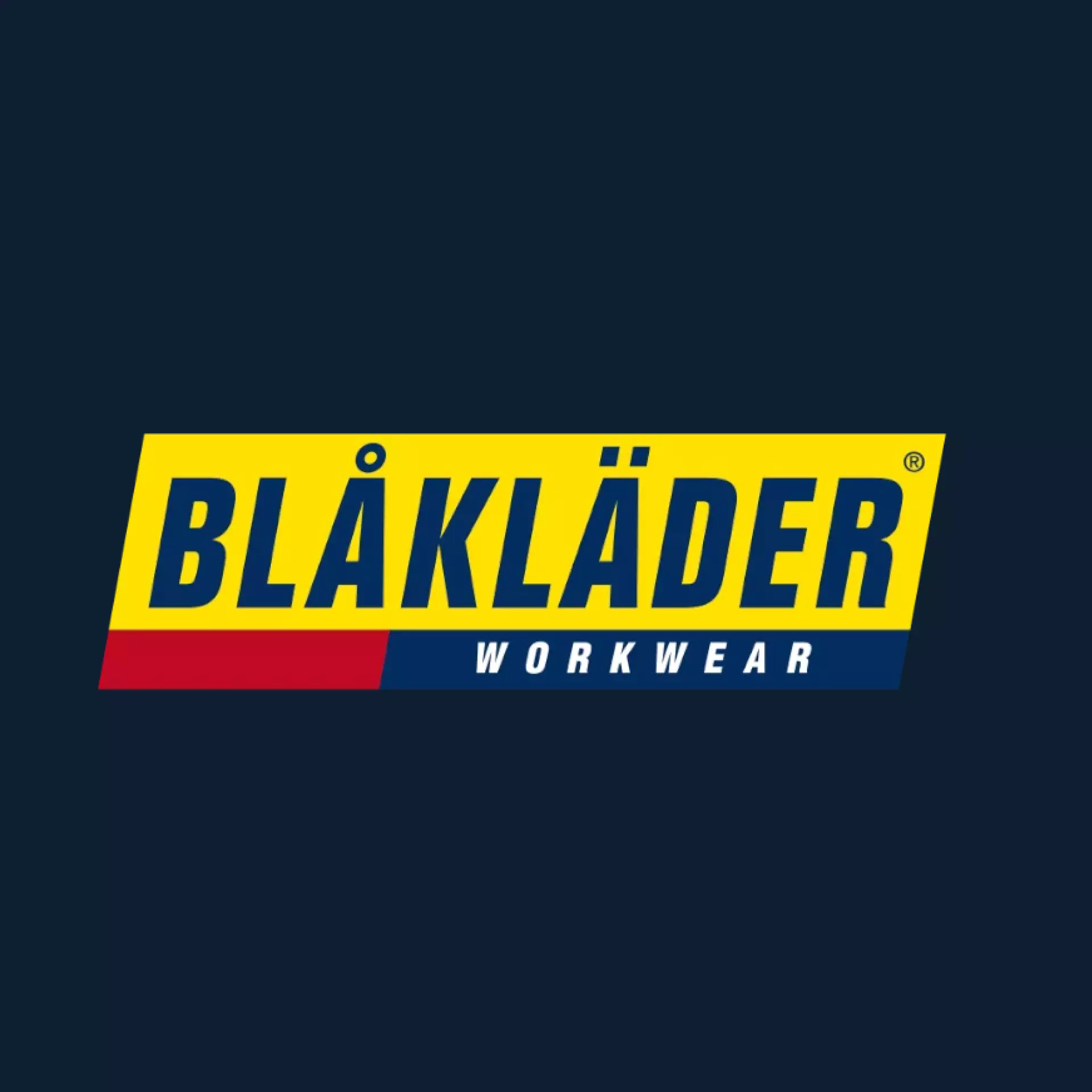
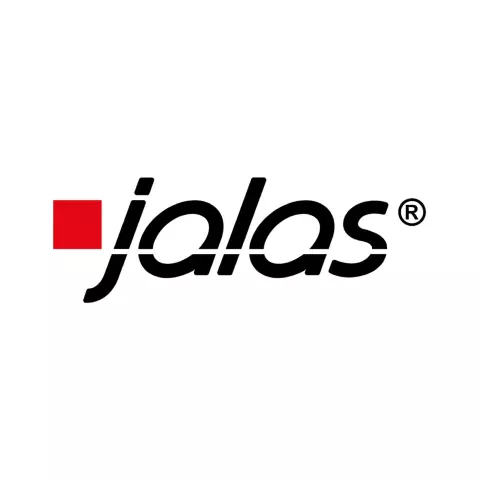
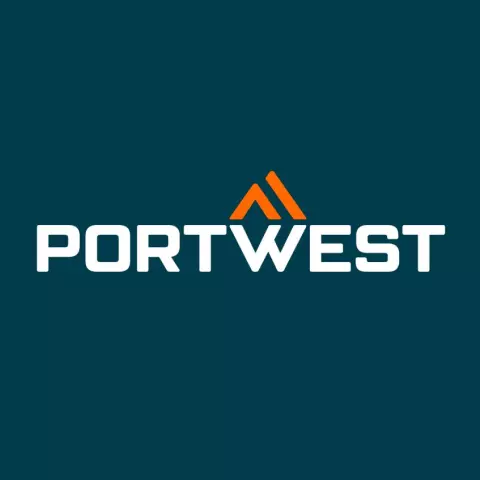

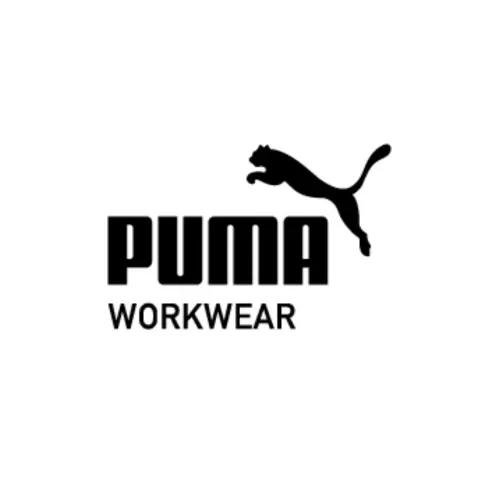

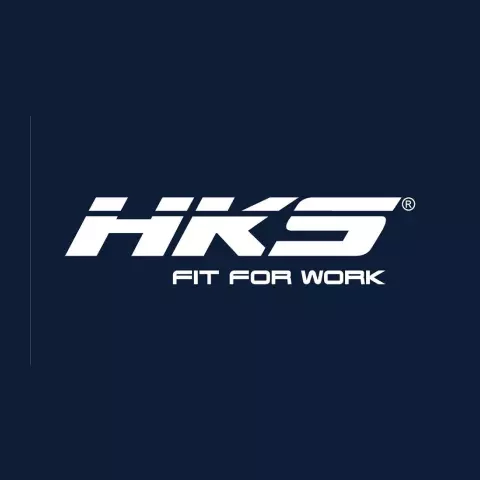


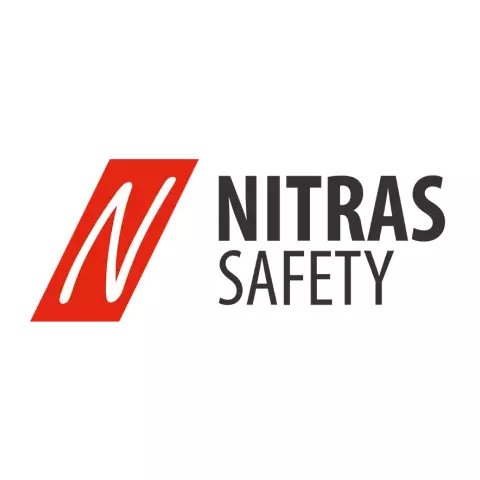




















Looking to maintain a clean, static-free environment for sensitive equipment? Whether you’re in electronics, telecommunications, or aerospace, choosing the right antistatic cleaner is key to preserving performance and longevity. This guide will help you easily select the best cleaning solution tailored to your needs.
By the end, you’ll know how to choose the ideal cleaner based on surface type, static dissipation, and application method. We’ll also introduce you to trusted suppliers, so you can confidently make your purchase.
With our expertise, we’ll ensure you find the perfect solution now—and help with any future cleaning needs. Keep reading to maintain a clean and efficient workspace!
Antistatic cleaners, also known as static control cleaners or static dissipative cleaners, describe products designed to prevent static electricity buildup while cleaning.
‘Static control cleaners’ is commonly used in electronics and telecommunications contexts, while ‘static dissipative cleaners’ often applies to semiconductor and aerospace applications.
These cleaners are formulated to remove dust, grease, and contaminants from surfaces while neutralizing static electricity and reducing static generation.
This functionality protects electronic components, prevents disruptions in sensitive equipment, and reduces dust attraction, making these cleaners a practical choice for cleanroom environments and high-tech industries.
Their properties are indispensable for tasks like electronics manufacturing equipment cleaning and semiconductor wafer surface preparation.
For more detailed information on the functionality of antistatic cleaners, refer to this resource.

Selecting the right antistatic cleaner depends on several factors, which should be prioritized based on your specific scenario or industry.
For instance, in electronics manufacturing, ensuring compatibility with sensitive circuit boards is important, making material-specific cleaners a preferred choice. In cleanroom environments, high-performance static prevention is suitable for supporting operational standards.
Additionally, industries with large-scale cleaning needs, such as aerospace, might benefit from bulk solutions over individual sprays or wipes.
Understanding these factors will help prioritize your needs, ensuring the chosen cleaner meets the unique requirements of your application.
Pro Tip: For general cleaning requirements, you might also explore related products such as floor cleaners and surface cleaners.
Antistatic cleaners are widely used in industries where precision and cleanliness are paramount. For example, in the electronics manufacturing sector, a leading firm reported a significant reduction in production errors after implementing antistatic cleaning solutions for their circuit boards.
This illustrates how these cleaners not only improve operational efficiency but also safeguard sensitive equipment against static-related issues.
Each industry finds value in the static-dissipating properties of these cleaners, which can contribute to the longevity and reliability of components.
For reliable and high-quality products, consider purchasing from these trusted suppliers:
| Supplier Name | Link to Catalog |
| MaiMed | View Catalog |
| Abena | View Catalog |
| Berner | View Catalog |
| Diversey | View Catalog |
| Kemvit | View Catalog |
These suppliers offer a wide range of antistatic cleaning solutions suitable for various applications. Be sure to check their catalogs for detailed product descriptions and compatibility options.
Below is a comparison of features to look for when selecting a product, along with examples from top suppliers to guide your choice:
| Feature | Importance | Example Products |
| Static Dissipation | Crucial for electronics and cleanroom environments. | Diversey Antistatic Spray |
| Material Compatibility | Ensure compatibility with plastics, metals, or glass. | Berner Universal Cleaner |
| Ease of Application | Choose between wipes, sprays, or concentrates. | MaiMed Antistatic Wipes |
Including product recommendations from the top suppliers above can make your selection process easier.
For a deeper dive into selecting related products, see “How To Choose The Right Floor Cleaners – A Buyer’s Guide”.
If your cleaning needs extend beyond static dissipation, consider exploring these categories:
For specific applications and comparisons, read “Degreasers: Everything You Need To Know”.
For more practical advice, see “How To Choose The Right Industrial Cleansers – A Buyer’s Guide”.
We hope this guide has been helpful in navigating the essential factors for selecting the right antistatic cleaner, from surface compatibility to static dissipation levels. Whether you’re maintaining equipment in electronics manufacturing or keeping devices in telecommunications clean, we’re here to support your needs.
Explore the full range of Antistatic Cleaners on Droppe, where trusted brands like Diversey, MaiMed, and Berner are just a click away.
Have questions or need advice on finding the perfect cleaner? Don’t hesitate to reach out—we’re always here to help ensure your workspace remains static-free and efficient.
– The Droppe Team
Antistatic cleaners prevent the buildup of static electricity, which can damage sensitive equipment, while regular cleaners do not offer this protection.
No, it’s important to choose a cleaner that’s compatible with the specific surface you’re cleaning, such as plastic, metal, or glass.
The frequency depends on your environment. In high-tech industries like electronics manufacturing, regular cleaning may be required to maintain a static-free workspace.
Both can be effective, but wipes offer more control for small, precise cleaning tasks, while sprays are ideal for larger areas or difficult-to-reach spots.
Yes, antistatic cleaners are specifically designed for cleanroom environments, helping maintain cleanliness while preventing static buildup.
Thank you! You've signed up for our newsletter.


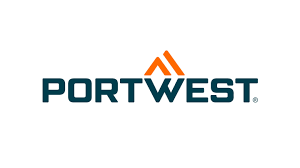

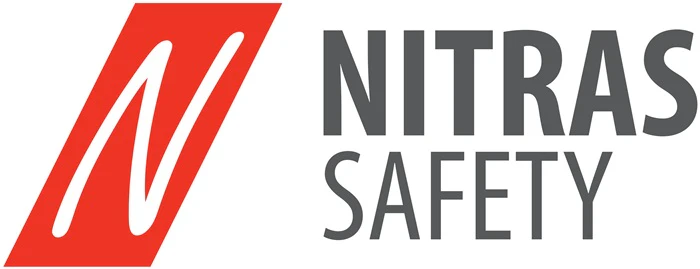






Struggling to maintain clear vision in demanding environments? This guide is here to help. By the end, you’ll know exactly...
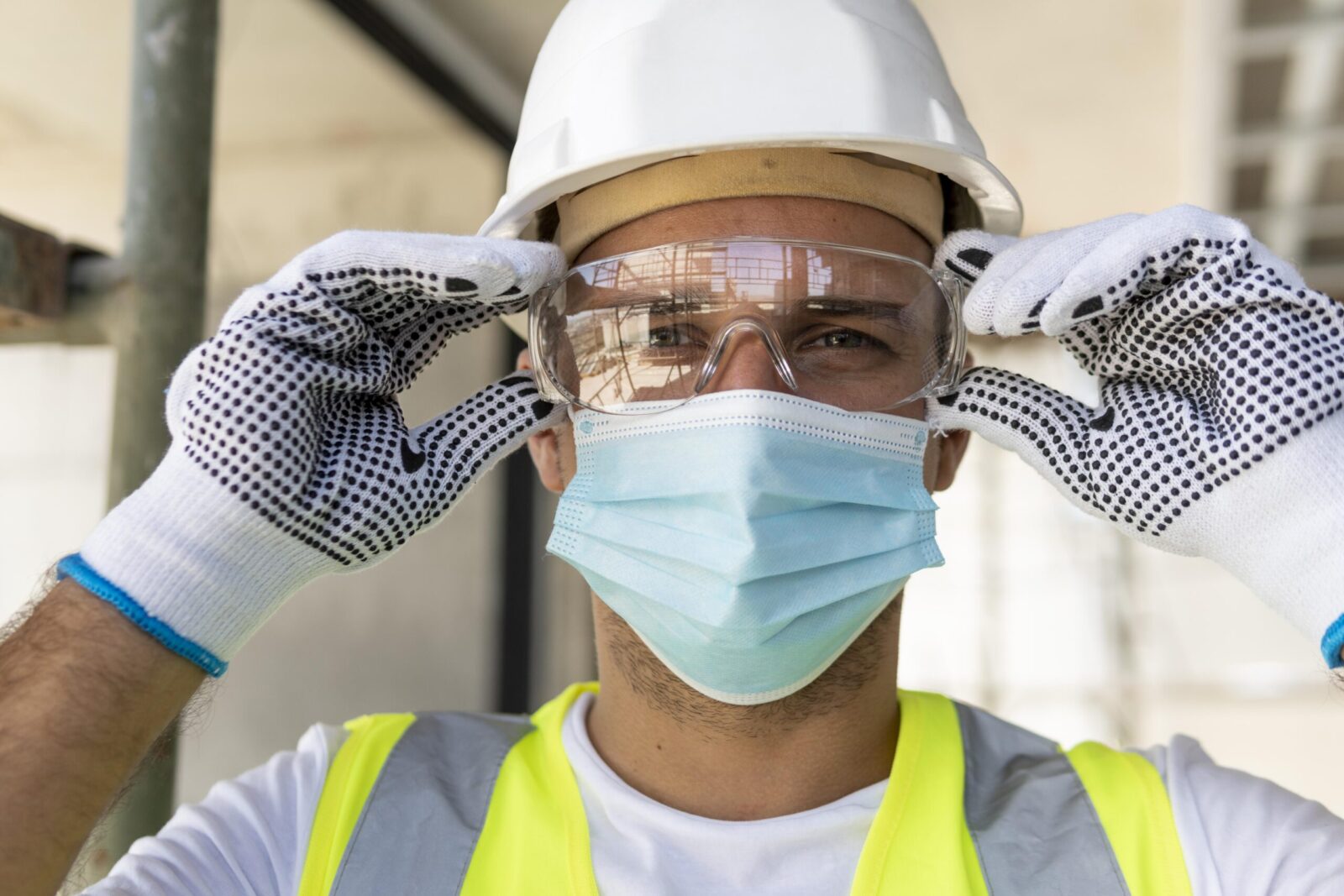
Electricians across Europe face unique challenges that require reliable safety glasses to ensure both protection and efficiency. Whether safeguarding against...
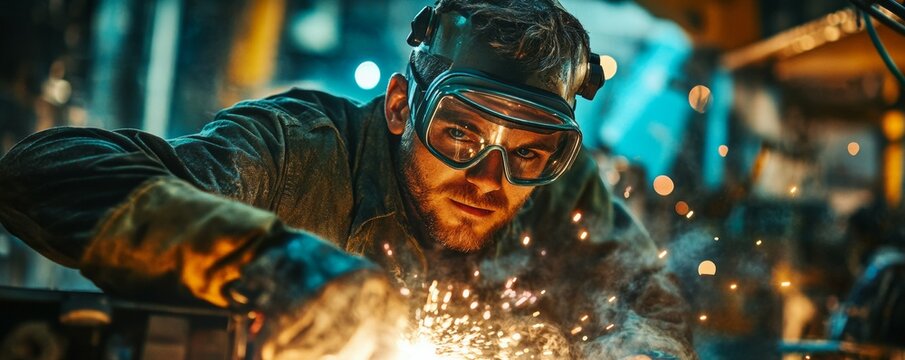
Selecting the right welding shades and goggles is key to both your safety and visibility while welding. This guide will...

Struggling to maintain clear vision in demanding environments? This guide is here to help. By the end, you’ll know exactly...

Electricians across Europe face unique challenges that require reliable safety glasses to ensure both protection and efficiency. Whether safeguarding against...

Selecting the right welding shades and goggles is key to both your safety and visibility while welding. This guide will...
Get 20€ off on your first order!
Save 30% by buying directly from brands, and get an extra 10€ off orders over €100
Save 30% by buying directly form brands, and get an extra 10€ off orders over €100